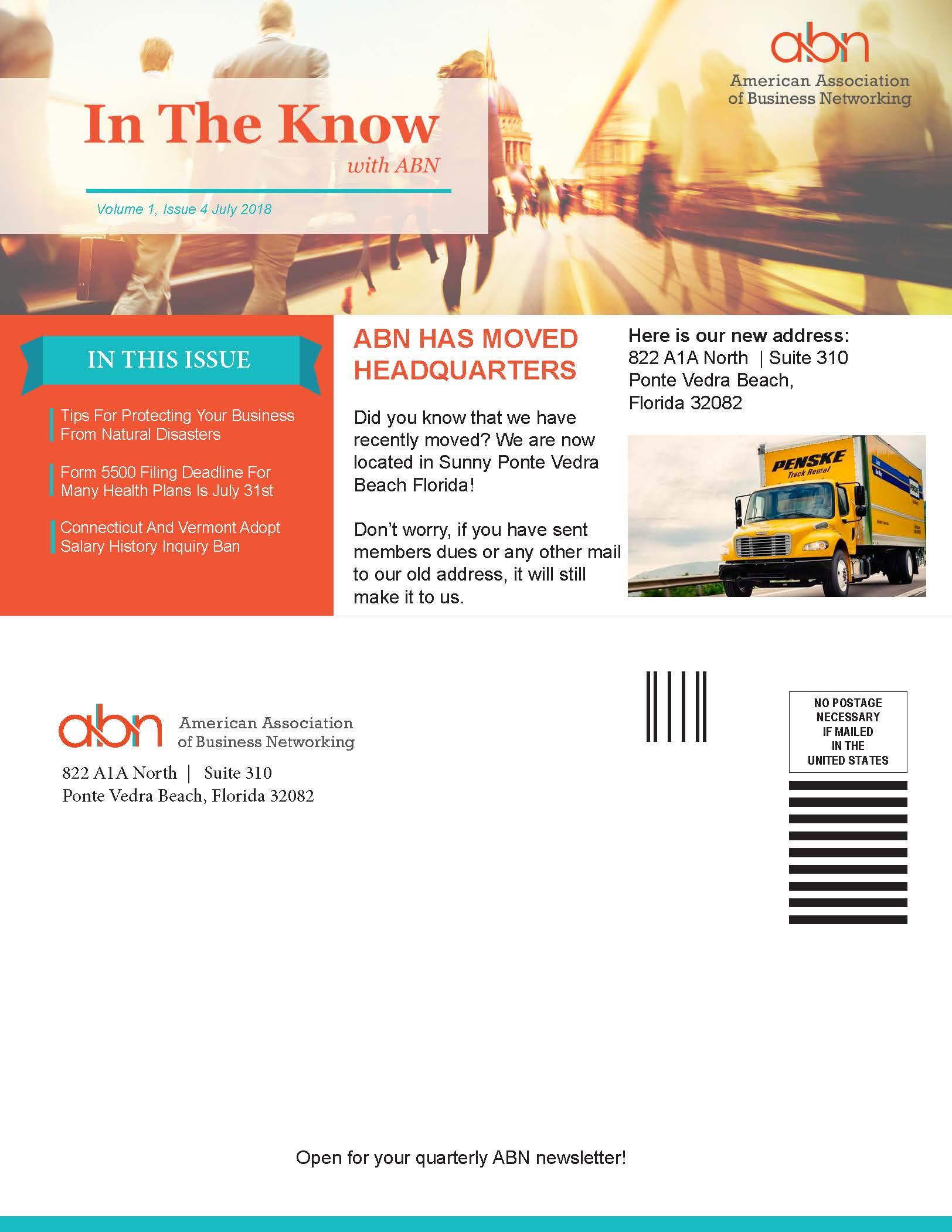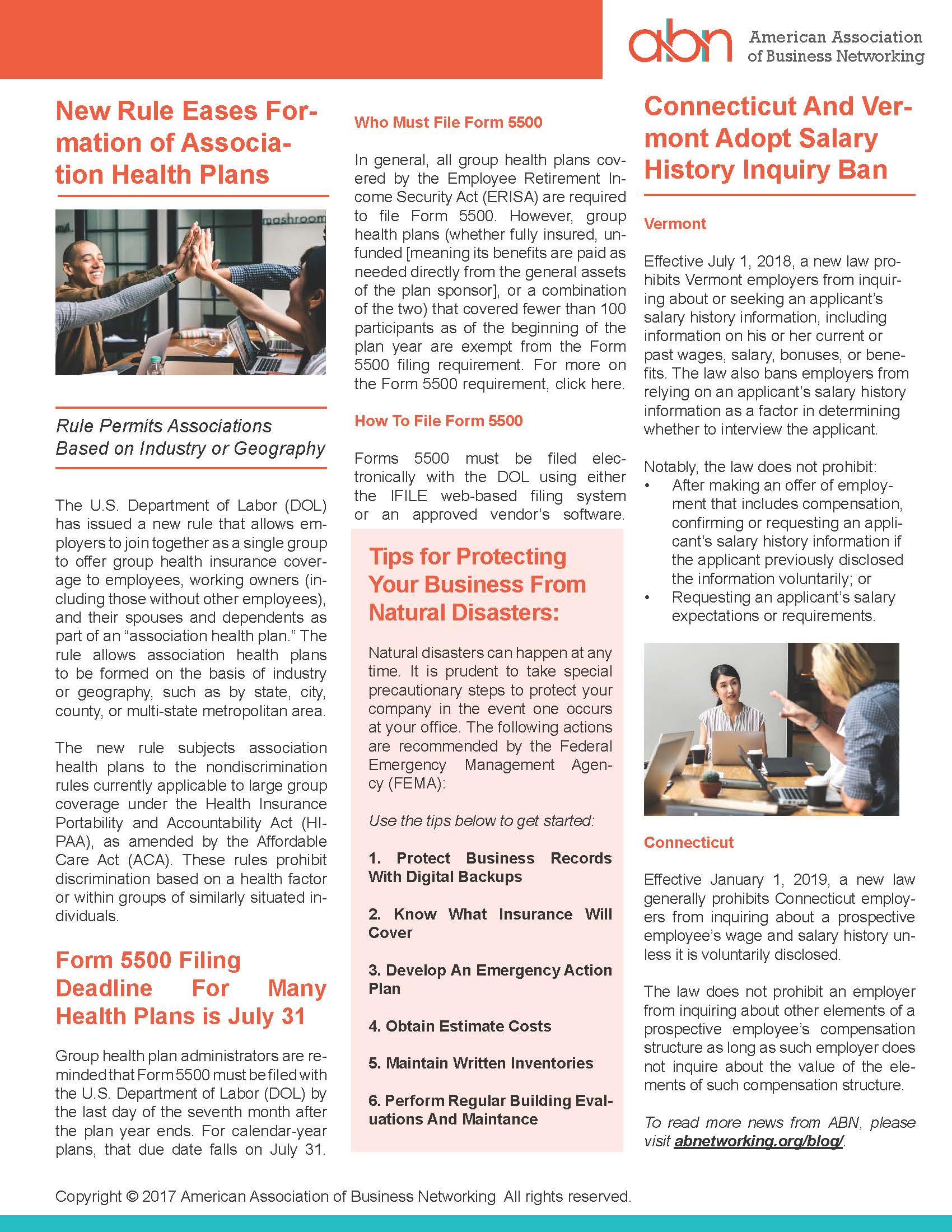Introduction to Discipline and Termination
Terminating an employee, whether for misconduct or a reduction in force, is never a pleasant task. However, at times it is a necessary part of managing a workforce. Voluntary termination by an employee through resignation or retirement may not carry the negative stigma of an involuntary termination, but it does trigger certain responsibilities for the employer.
Involuntary Termination
Each step in the process of terminating an employee should be carefully executed. Each step must be carefully and thoroughly documented. If an employee is discharged for poor performance and later sues alleging discrimination, the employer will have a difficult time defending if the personnel file is devoid of any documentation of the poor performance over a reasonable period of time.
Note: Terminating an employee is a very sensitive matter, requiring careful communication and documentation to avoid potential lawsuits or other future problems. It is prudent to consult an employment law attorney or HR specialist before taking any specific steps should the need to terminate an employee arise.
Although “at-will” employment is common to virtually all states, employees do have substantial statutory protection, as well as remedies found in judicially recognized exceptions to the at-will employment rule.
Statutory Protections
- Federal law prohibits any adverse employment action based on race, color, sex (including pregnancy and certain protections for lesbian, gay, bisexual, and transgender (LGBT) individuals), age, national origin, disability, military service or genetic information.
- Federal law further prohibits adverse employment action because an employee:
- Participates in an investigation or proceeding related to a claim of discrimination, or opposes discriminatory conduct.
- Reports violations of wage and hour laws, such as minimum wage and overtime.
- Reports workplace safety violations under the Occupational Safety and Health Act.
- State and local laws often prohibit discrimination based upon such factors as marital status as well as the factors contained in the federal legislation.
- Employees of employers with more than 50 employees have the right to leave under the Family and Medical Leave Act. Some states provide such protection as well, often covering smaller employees. Many states also provide job-protected military leave.
- Voting leave under state law.
- Jury and witness leave under state law.
- Terminations which may be construed to be implemented to avoid payment of benefits under a plan covered by ERISA.
- COBRA continuation coverage of group health care benefits or state “mini-COBRA” benefits.
- The right to notice by larger employers of certain mass layoffs under the WARN Act, which requires advance notice to employees terminated as a result of a plant closing or mass layoff.
Although this list is not exhaustive, you can see the need for sound HR practices regarding termination, because there are many potential pitfalls for employers surrounding terminations.











